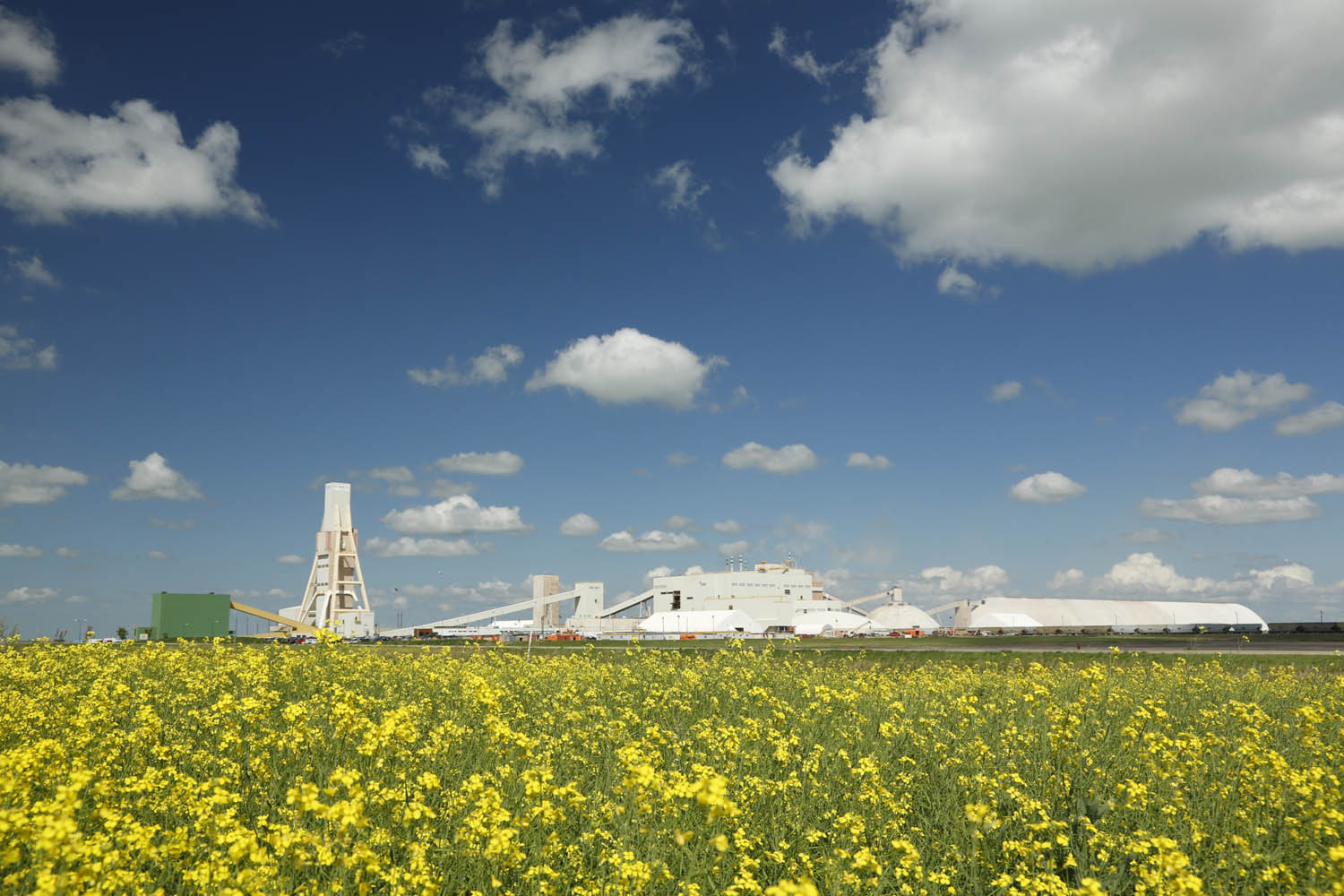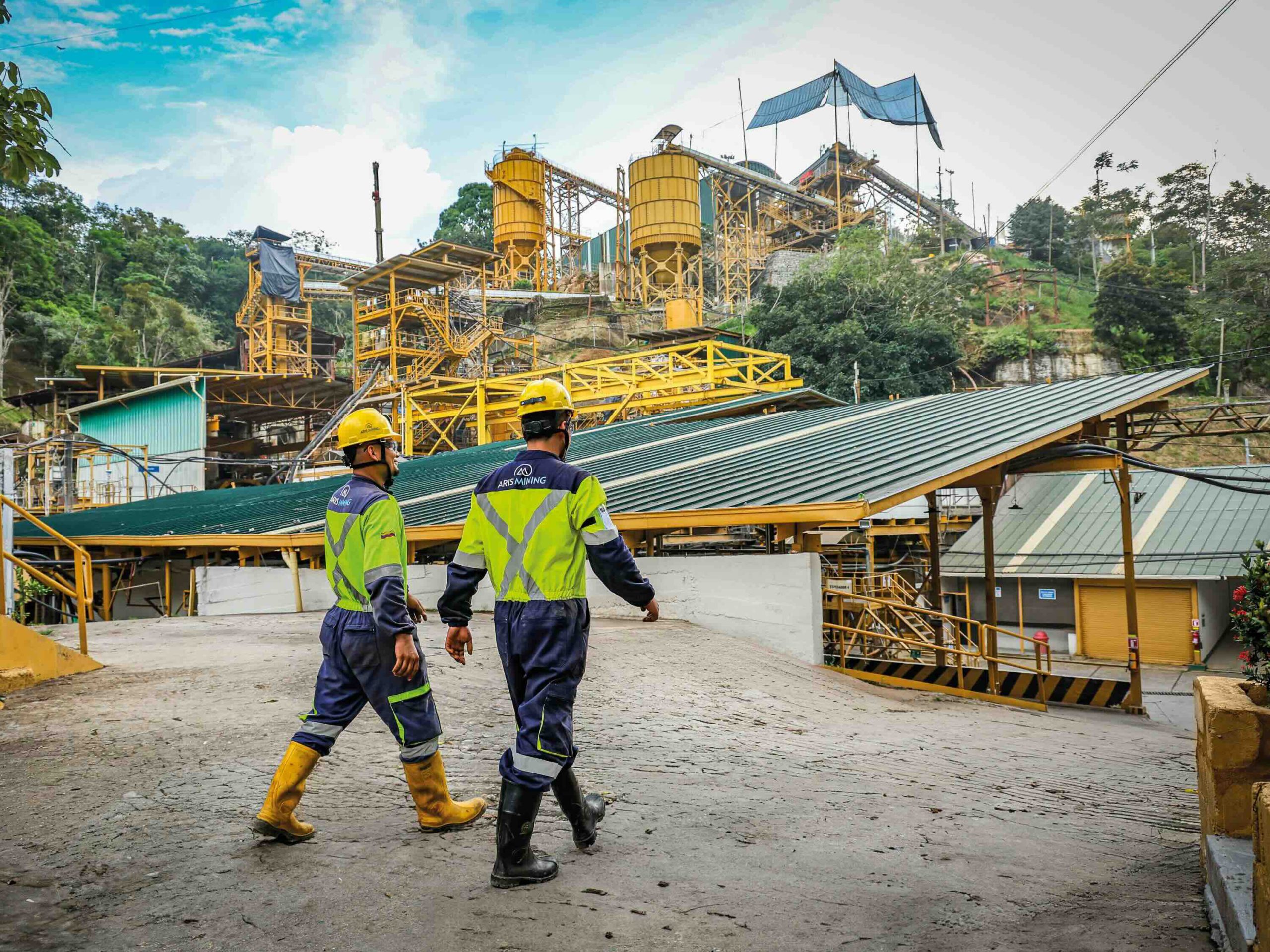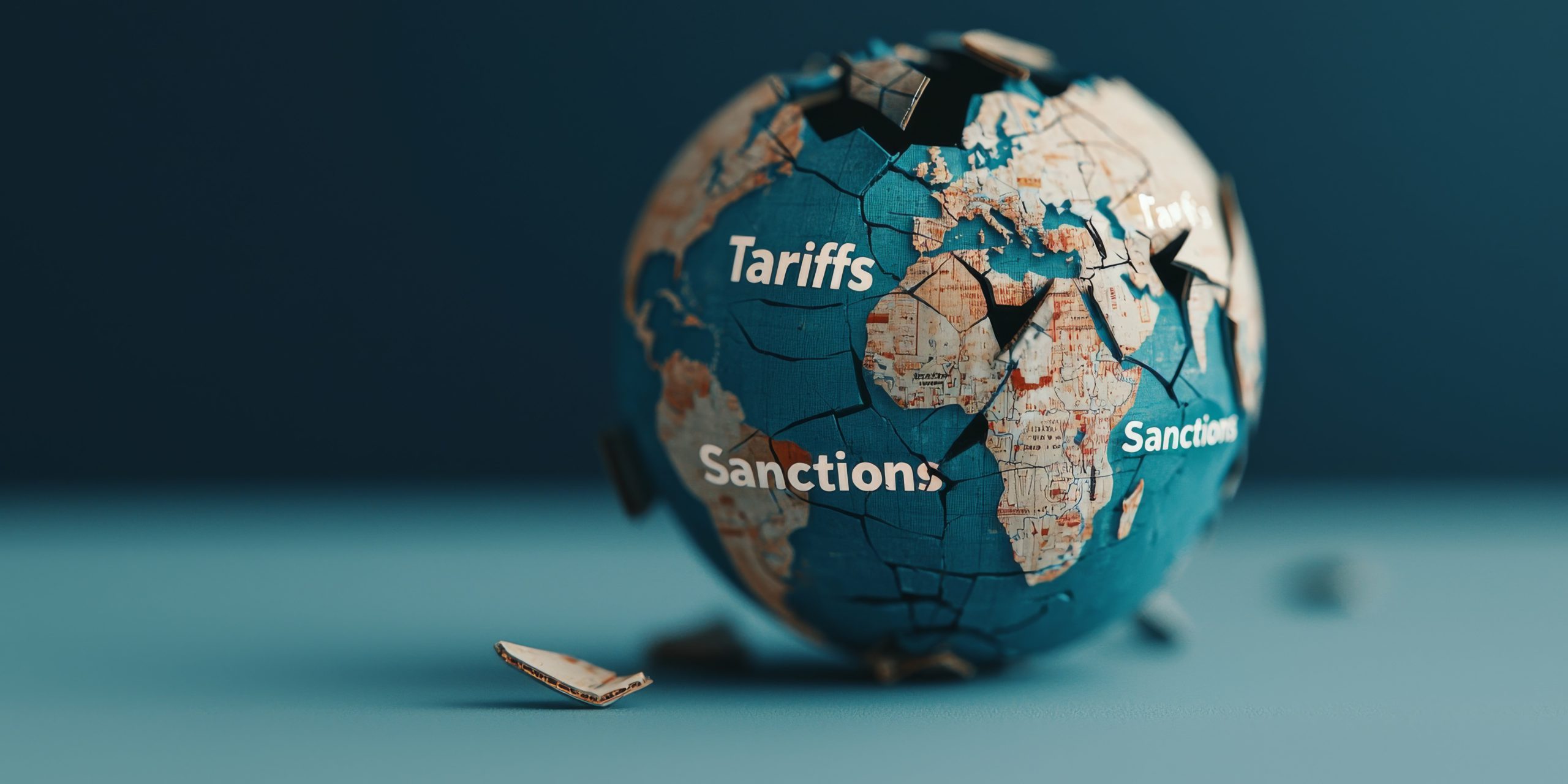Engaging the vulnerable and valuable stakeholders: Tips for exploration companies
As mineral exploration companies begin to conduct their operations, it can be very easy to limit community engagement to existing local leaders. But who is this missing? Which community groups are under-represented? What could the particular impacts of mineral exploration be on these groups? How could companies identify and engage them? What should you do when things go wrong and company-community conflict arises?
Mineral activities can often be the largest business in the most remote locations, encountering some of the most marginalized individuals. They have great potential not just to make positive contributions to communities, but also to have negative impacts. The most severe and long-lasting impacts of mining activities are most likely to affect under-represented stakeholders. Under-represented stakeholders by definition do not have the same access or capacity to influence decisions that affect their lives as do others in their community.
The United Nations Guiding Principles on Business and Human Rights is the international framework that equips governments and businesses to protect and respect human rights. The Principles help identify who your most under-represented, or vulnerable, stakeholders might be – Indigenous Peoples; women; minorities, be they national, ethnic, religious or linguistic; persons with disabilities; migrant workers and their families; and children. The Principles provide a lens to understand which groups are most under-represented, and which impacts pose the greatest risk to them. These are called salient impacts.
You can identify salient impacts on under-represented stakeholders by applying the Principles’ three criteria of scale, scope, and remediability.
• Scale is how serious the potential impact would be.
• Scope is how widespread the potential impact would be.
• Remediability is how reversible the potential impact would be.
This is particularly relevant for children under the age of 18, who make up nearly half of the population in disadvantaged communities, are disproportionately vulnerable to the impacts of mineral exploration projects due to their physical and mental development, and are rarely considered as a significant stakeholder group by companies.
The potential impacts from mining are as diverse as the communities themselves, but there are common questions that you can ask across most mining activities:
• Environment: How are these groups currently using the land where I’m exploring or operating? How will my activities affect these uses? Will my vehicle use and activities increase noise levels that would disturb vulnerable groups? Will they increase dust and land, air, and water pollution levels that could cause health problems for vulnerable groups? Can I locate my activities so as to cause minimal disruption to these vulnerable groups? Will any community resettlement disproportionately impact vulnerable groups, leaving them with less resources and security?
• Community: Will my presence here attract an increasing number of people looking for employment and income? Will this increase local prices and pressure on existing social services, leaving under-represented groups even more vulnerable? Could this also increase social problems such as alcohol and drug use, as well as crime and potential violence and abuse? If criminal activity does occur, what is the track record of local public and private security forces in their conduct towards vulnerable groups such as women and children?
• Workplace: How will my project ensure the health and safety of vulnerable groups both inside and outside the project? Does any signage about health and safety risks take into account the language and literacy rates of the local population? Can I educate local groups about road safety? Will I need to fly workers in and out, and will I need to house them, and how can I plan that to minimize the stress on families and children?
It may seem obvious, but the best ways of understanding your potential impacts on under-represented stakeholders is to ask them. Before you engage them though, know who you are going to engage, why and how. If engaging them directly would put them at risk, identify people or organizations who could legitimately represent them. During your engagement, ensure you have their free, prior and informed consent to participate, and choose a time, place, language, and format that best suits them. After you engage them, identify and implement follow-up actions and communicate outcomes to them, and provide a grievance mechanism that is accessible and responsive to vulnerable groups if they are not satisfied with the outcome. Meaningful and appropriate engagement of vulnerable stakeholders across the life-cycle of a project, from exploration through construction to production and closure, can help reduce conflict, increase trust, and build better business for all.
Pan American Silver provides a great example of how this approach can be integrated into current practice. Pan American is a Vancouver-based mining company with sites in Canada, Mexico, Peru, Bolivia, Argentina and Guatemala. After a UNICEF Canada presentation at the Convention of the Canadian Institute of Mining in 2014, the company began to integrate children’s considerations into their sustainability approaches.
In 2014, Pan American Silver conducted a stakeholder consultation in four operating countries in order to identify the most important issues to its various communities of interest. Questions regarding children’s rights and impacts were included in the survey, and children’s representatives were appropriately engaged. Children and youth were subsequently identified as one of the top 10 most important issues for the company. Pan American then committed to reflecting this priority in its policies. It became the first known mining company to publicly commit to respecting the Convention on the Rights of the Child in their CSR Policy.
In 2015, Pan American Silver conducted a baseline assessment with host communities near one of its sites. This included establishing indicators to gain more detailed information about the company’s actual and potential impacts on children. The assessment informed future data collection exercises, which the company continues to improve. In 2019, Pan American disaggregated their grievance log by both age and gender, to allow it to escalate and tailor their responses to cases involving women and children. In 2020, the company also integrated children’s considerations when it reviewed security practices against the requirements of the Voluntary Principles on Security and Human Rights and UNICEF’s Canada’s Child Rights and Security Checklist.
SIMON CHORLEY is international programs manager, UNICEF Canada and MONICA MORETTO is vice-president of sustainability, diversity and inclusion, Pan American Silver.





Comments